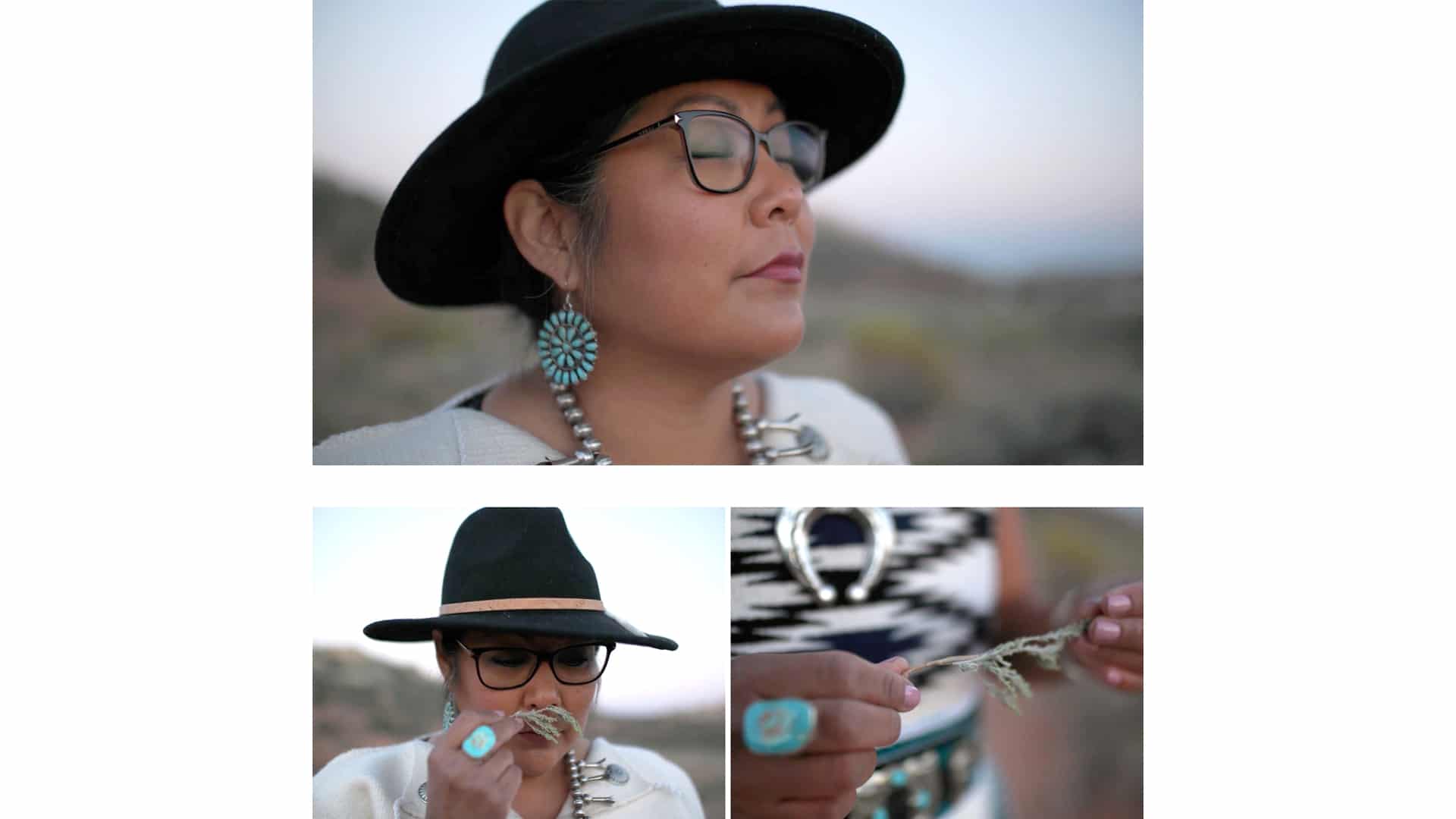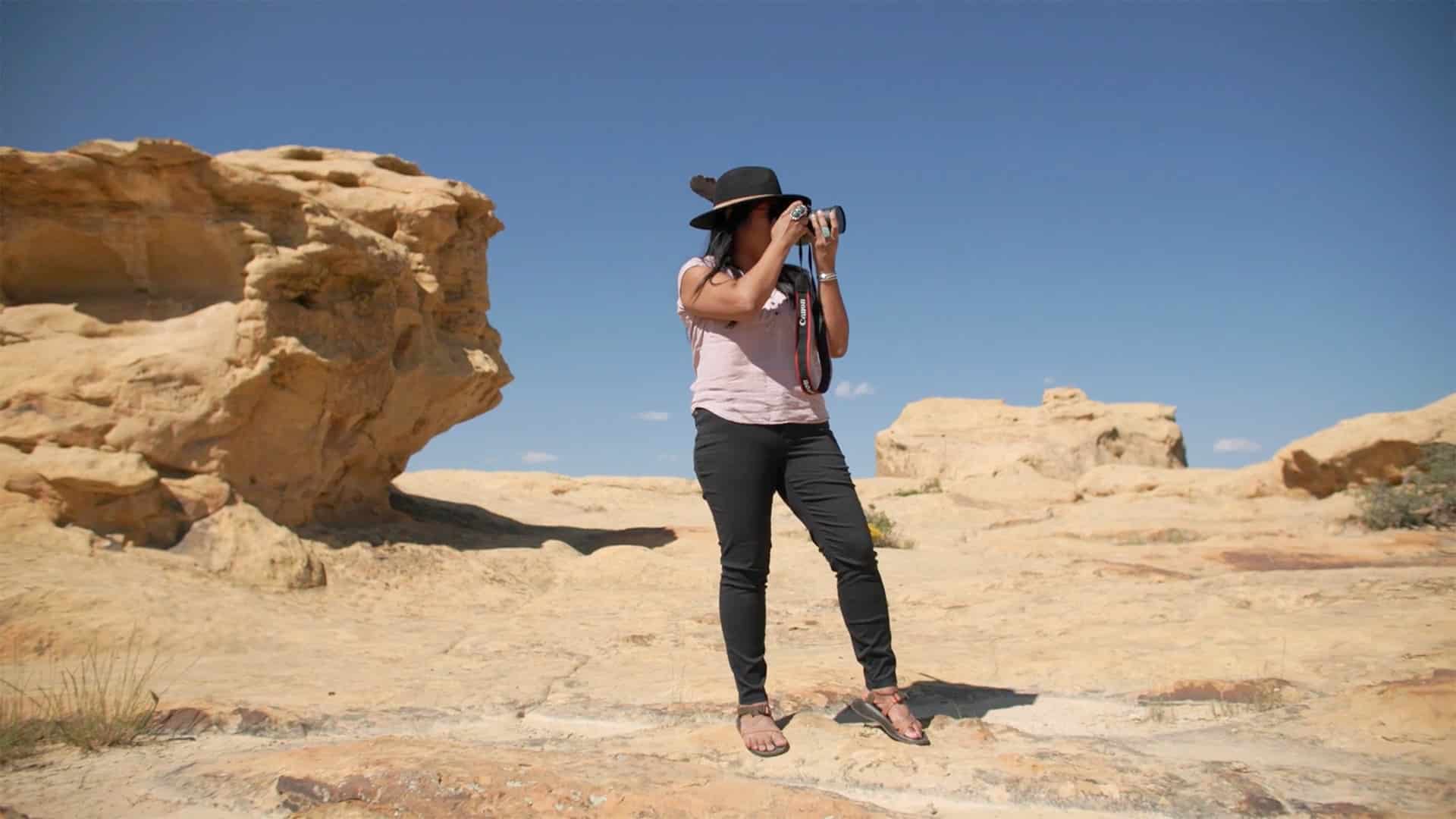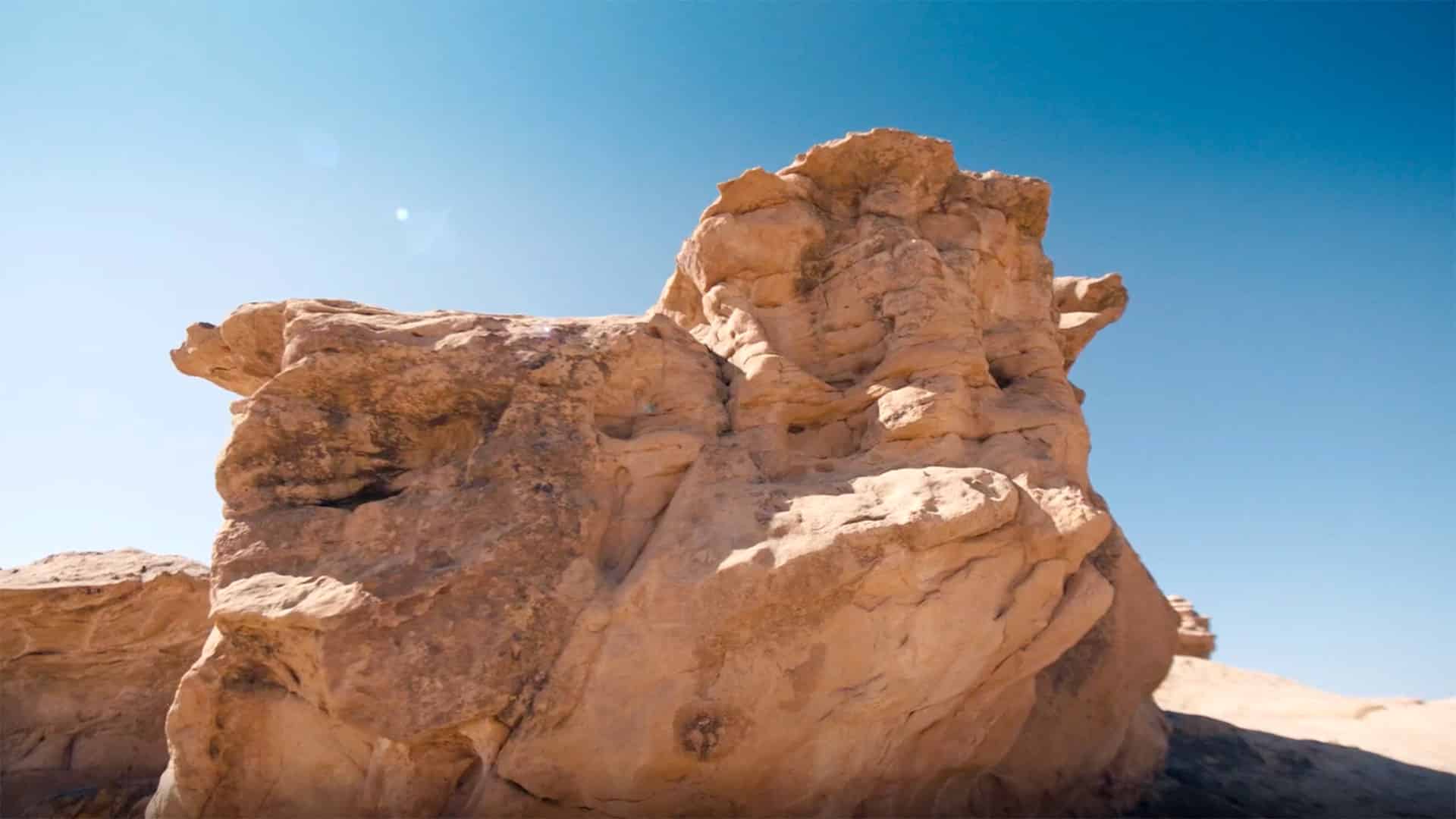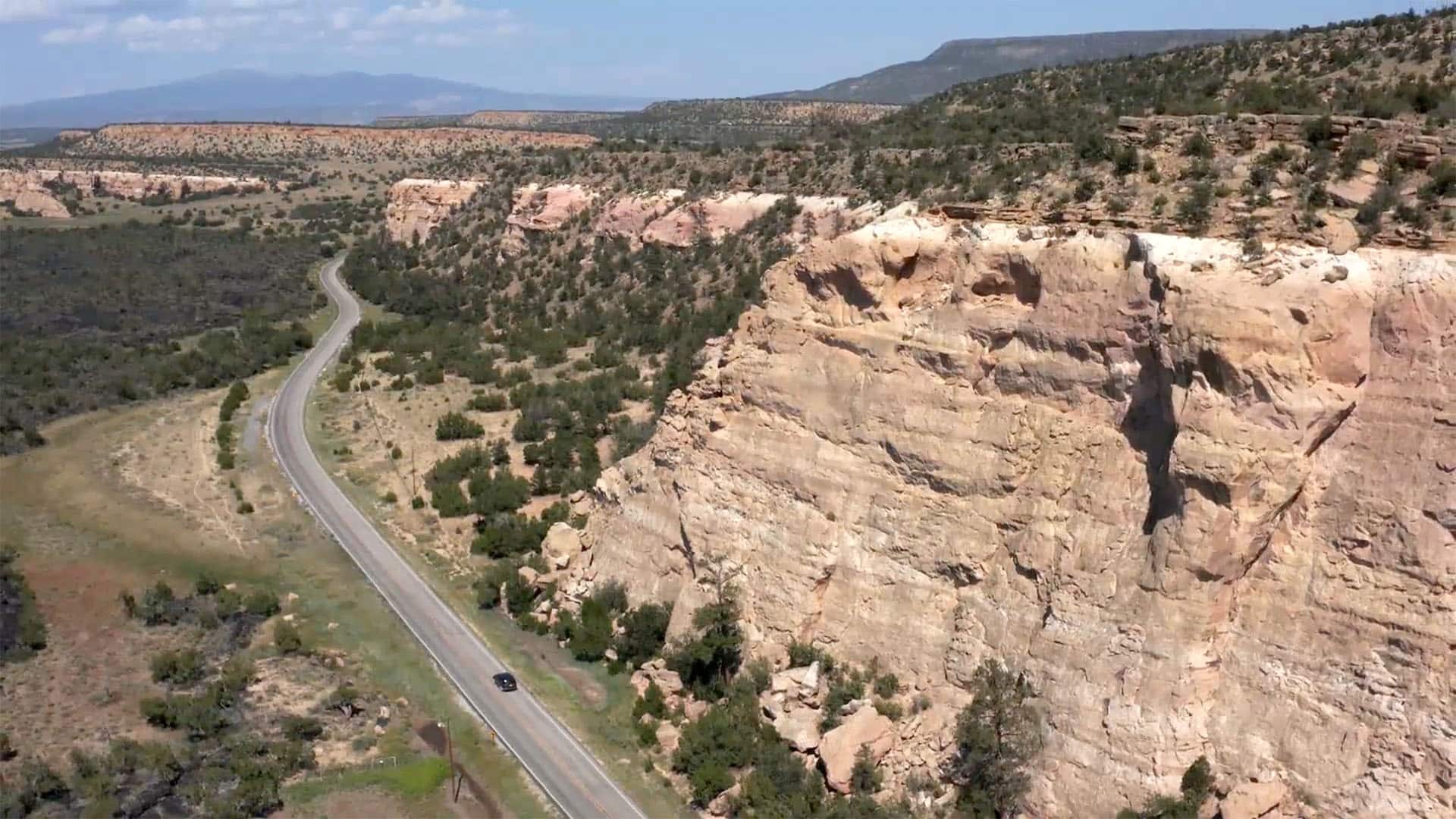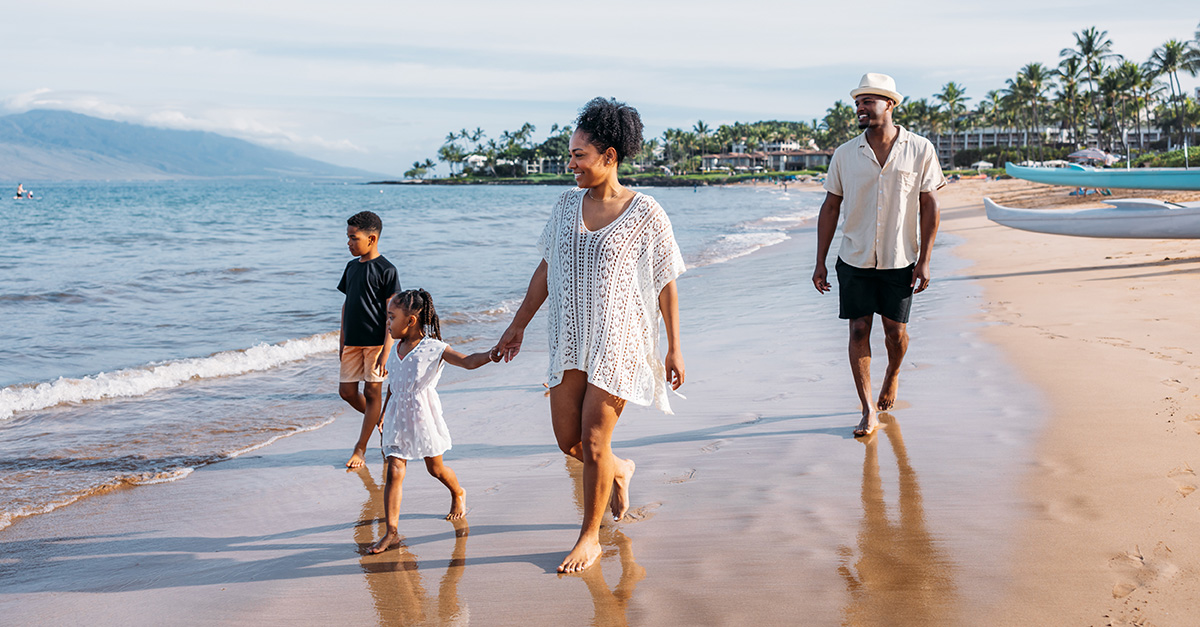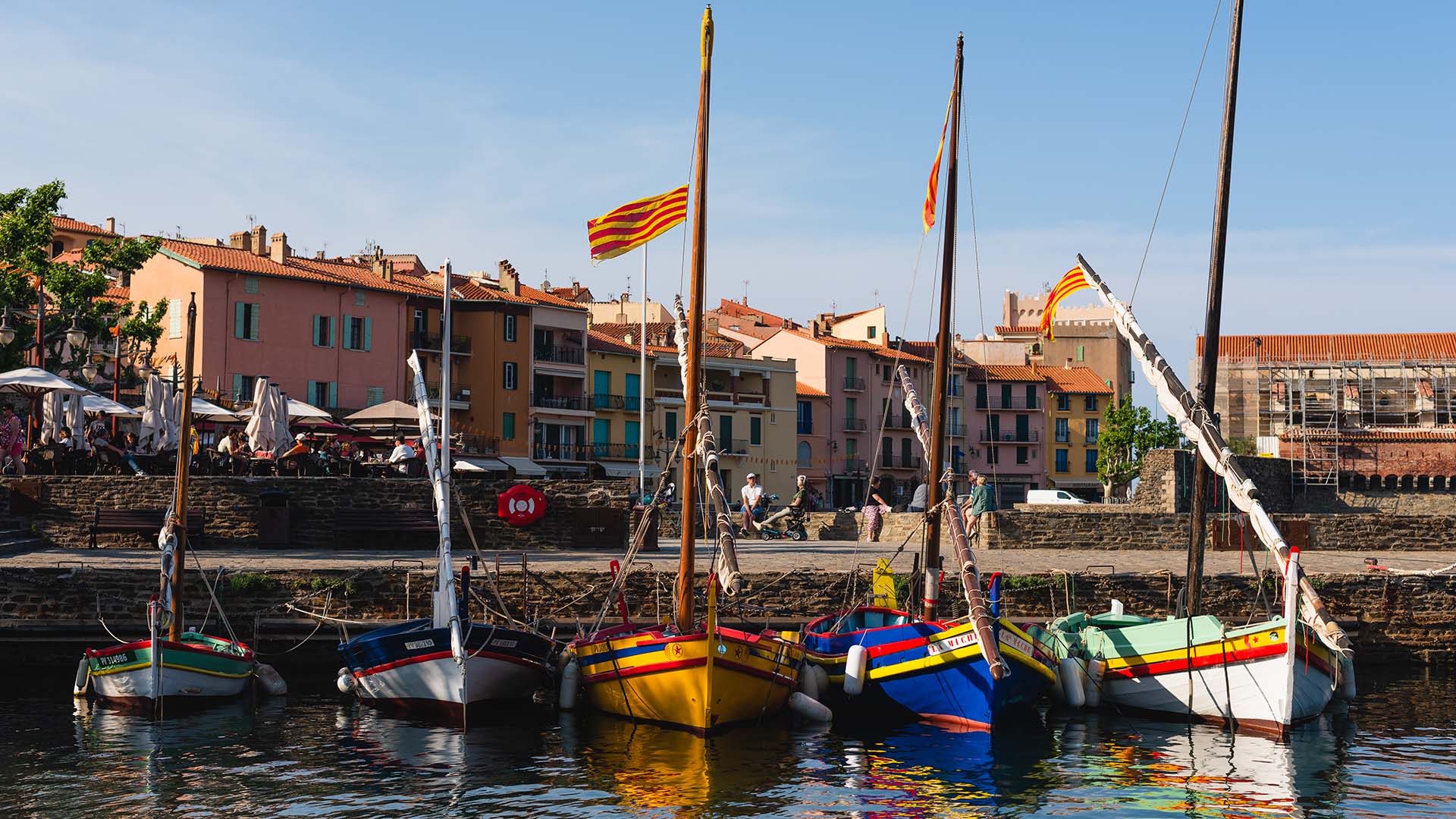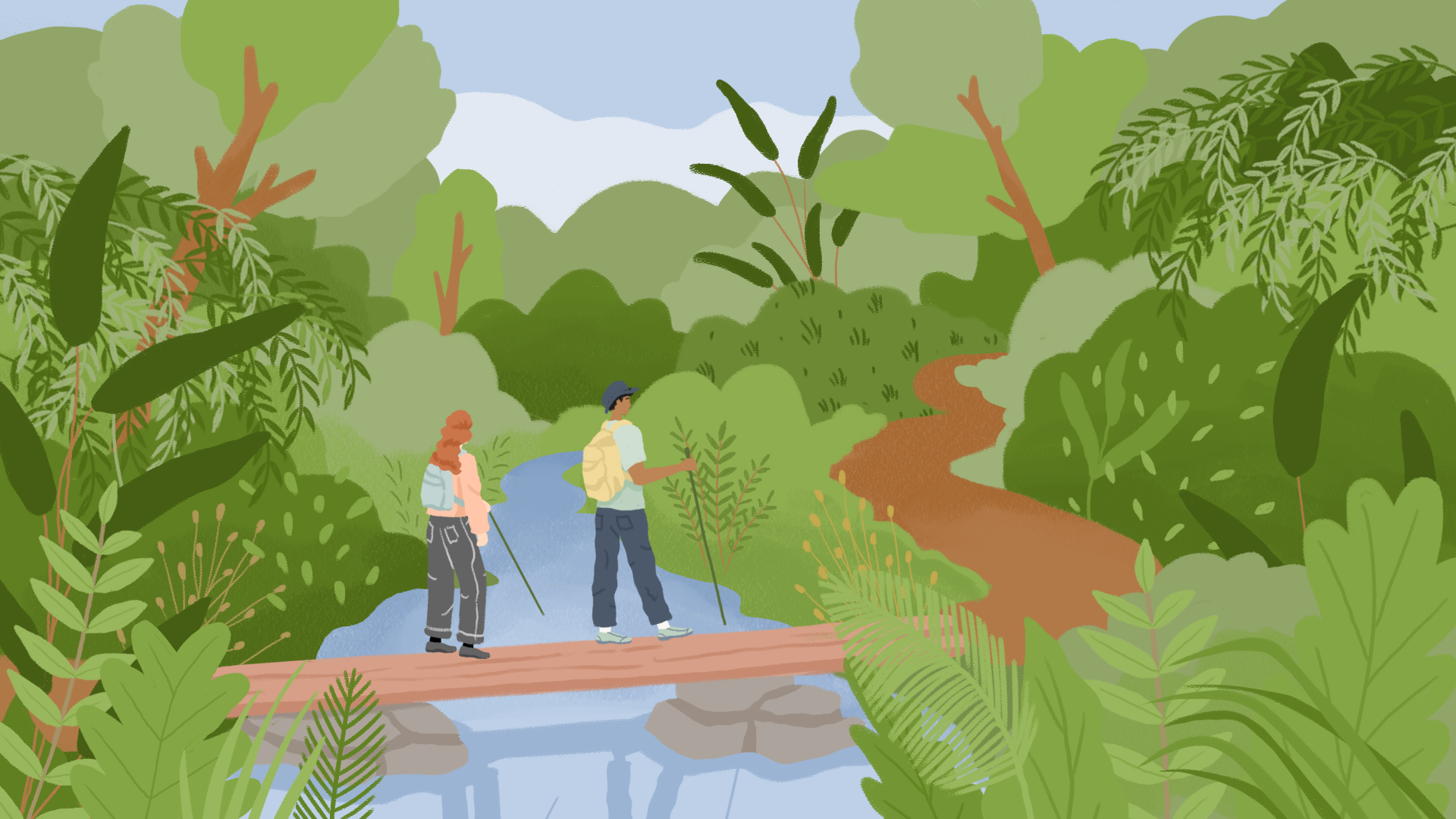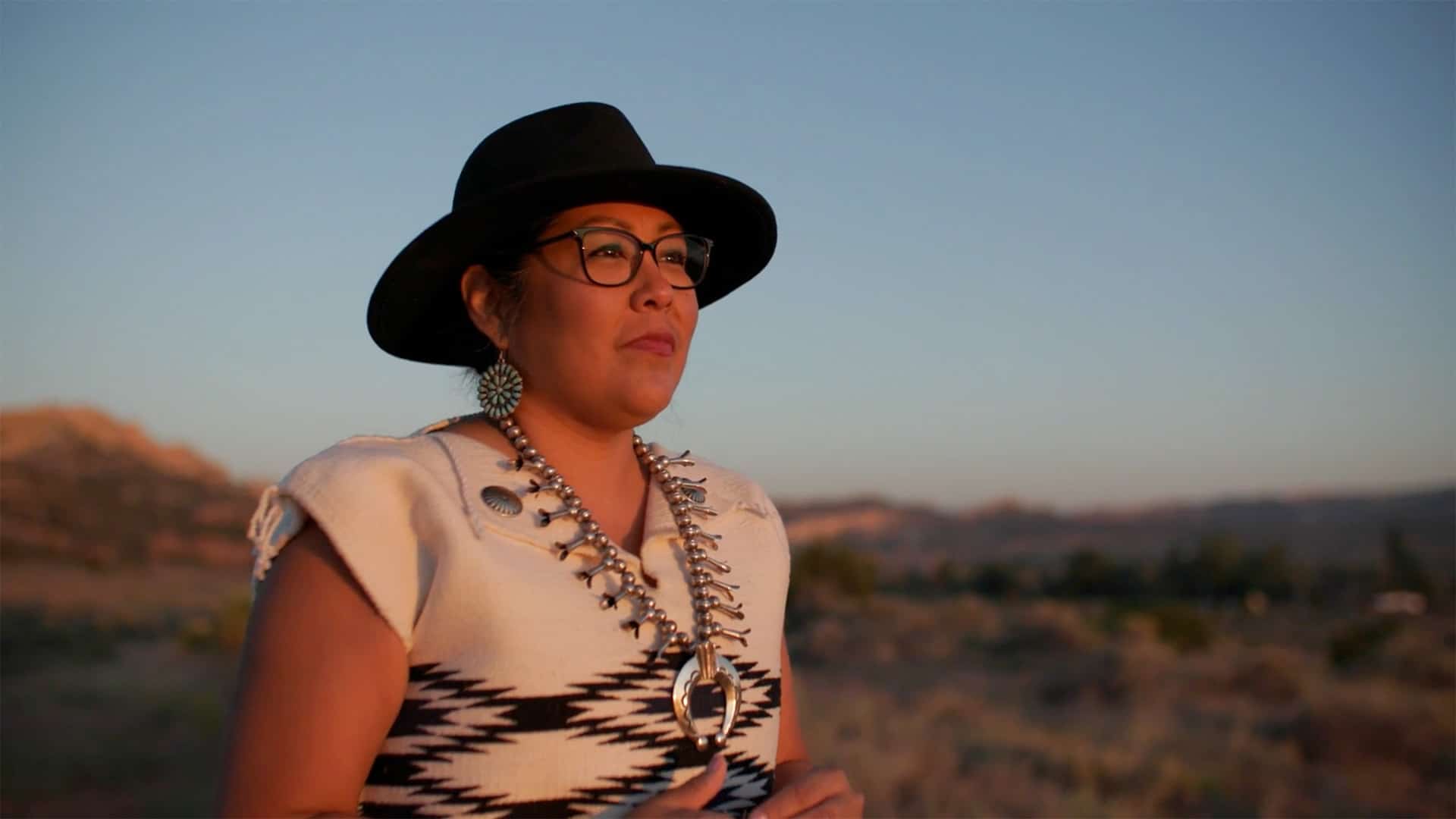
Photographer Jaylyn Gough returns to her Navajo Nation lands. (Photo: The Washington Post Creative Group)
How to Travel Better‘Tread with Humbleness’: 4 Ways to Responsibly Visit Sacred Lands
By Valerie ConnersFor outdoor photographer Jaylyn Gough, exploring the Native lands of her Navajo forebears is a source of deep comfort. “If I’m in crisis or going through something difficult, it’s returning to the land of my ancestors that gives me strength,” says Jaylyn, who spent much of her childhood living in Tohatchi on New Mexico’s Navajo Nation before moving off the reservation to the nearby town of Gallup.
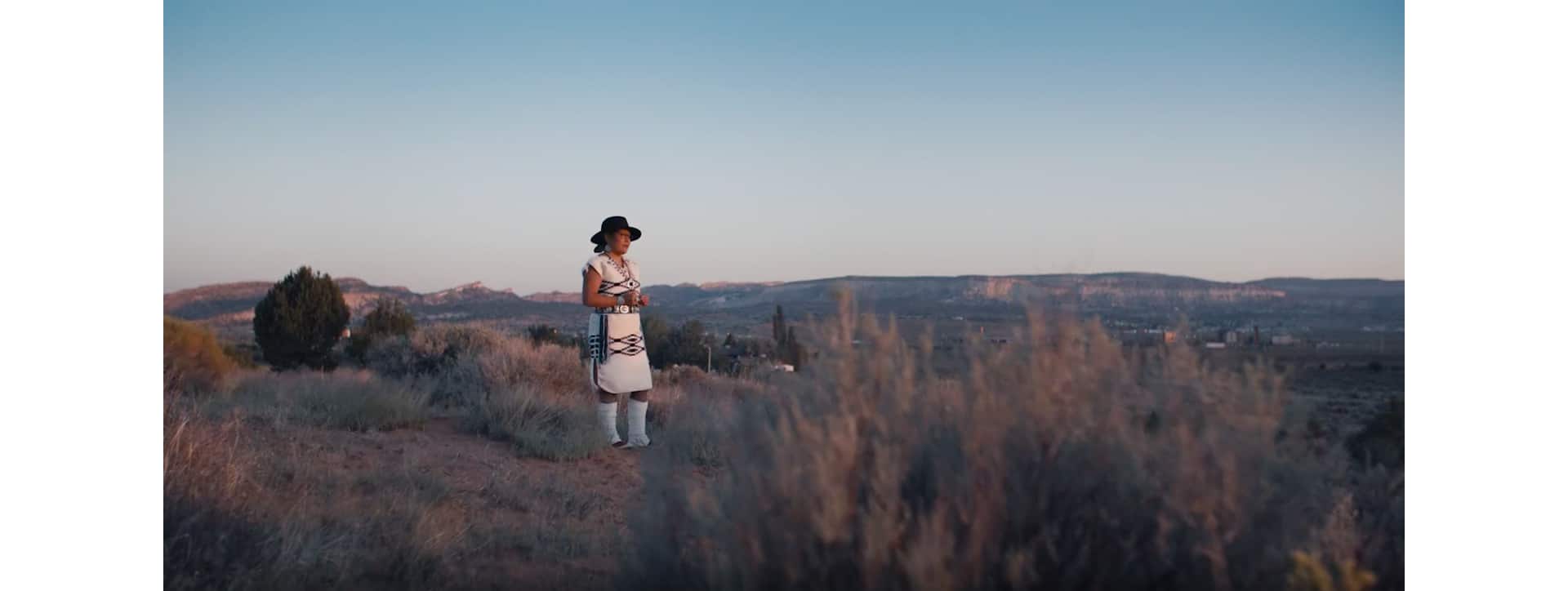
Having grown up largely outside her Native culture, Jaylyn says that now, as an adult, she has immersed herself in her Native heritage, founding the online community Native Women’s Wilderness; studying Diné Bizaad, the Navajo language; and learning traditional weaving.
Through her work, Jaylyn hopes to inspire more “Native women, girls, two-spirits and queers” to reclaim and draw strength from the outdoors, while posing a question for non-Native people: “Whose land are you exploring?”
And when curious travelers do visit? “Tread with humbleness.”
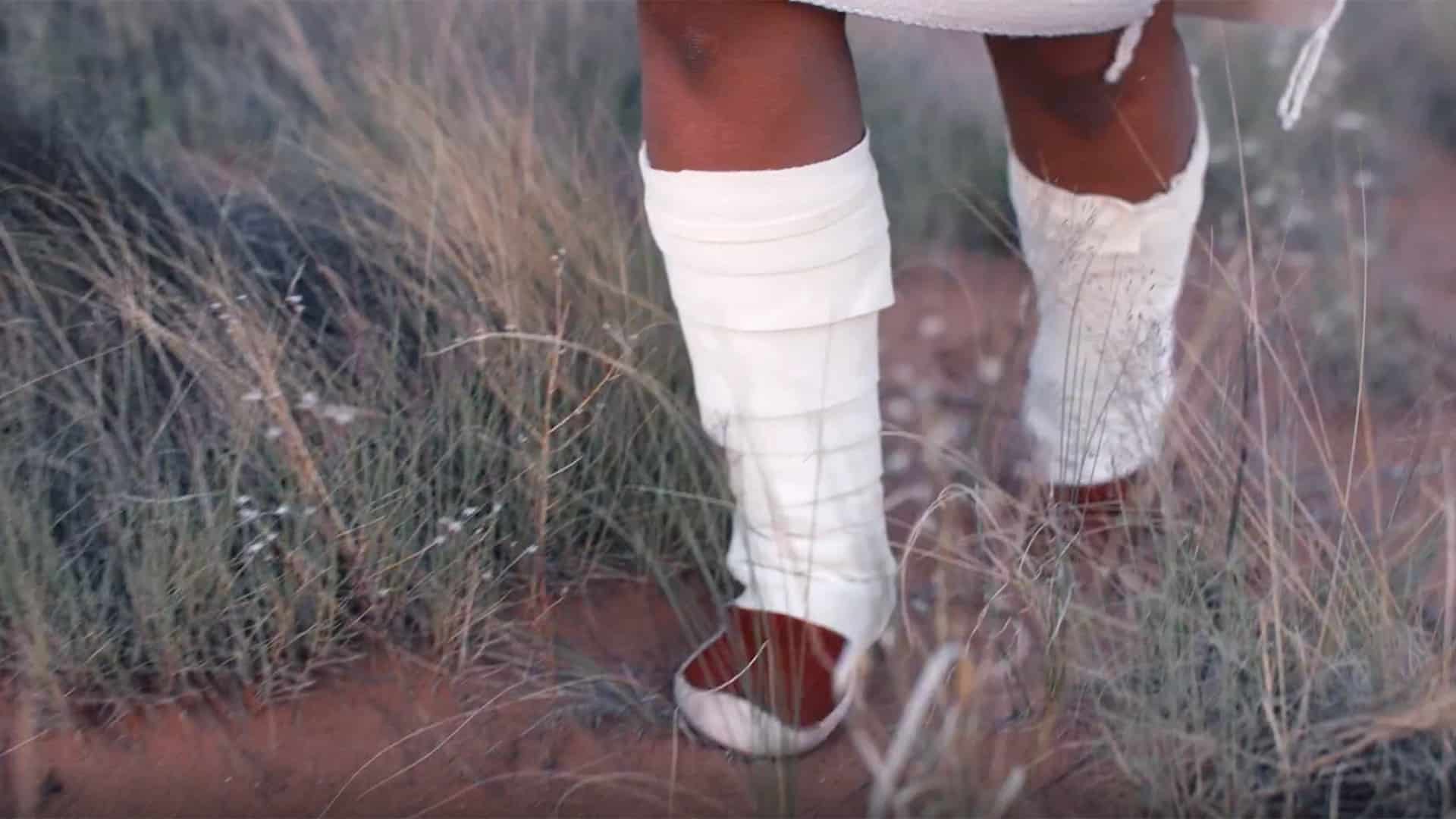
Jaylyn also offers these four additional tips on how to responsibly visit sacred lands.
Research the Original Names of the Land and Its Original People
Jaylyn believes many Native people see themselves as the proud torchbearers of contemporary, as well as ancient, Native culture, and travelers show respect to Indigenous heritage by learning the stories of the people and history of the places they visit. This includes seeking information on these places’ ancestral names and original inhabitants.
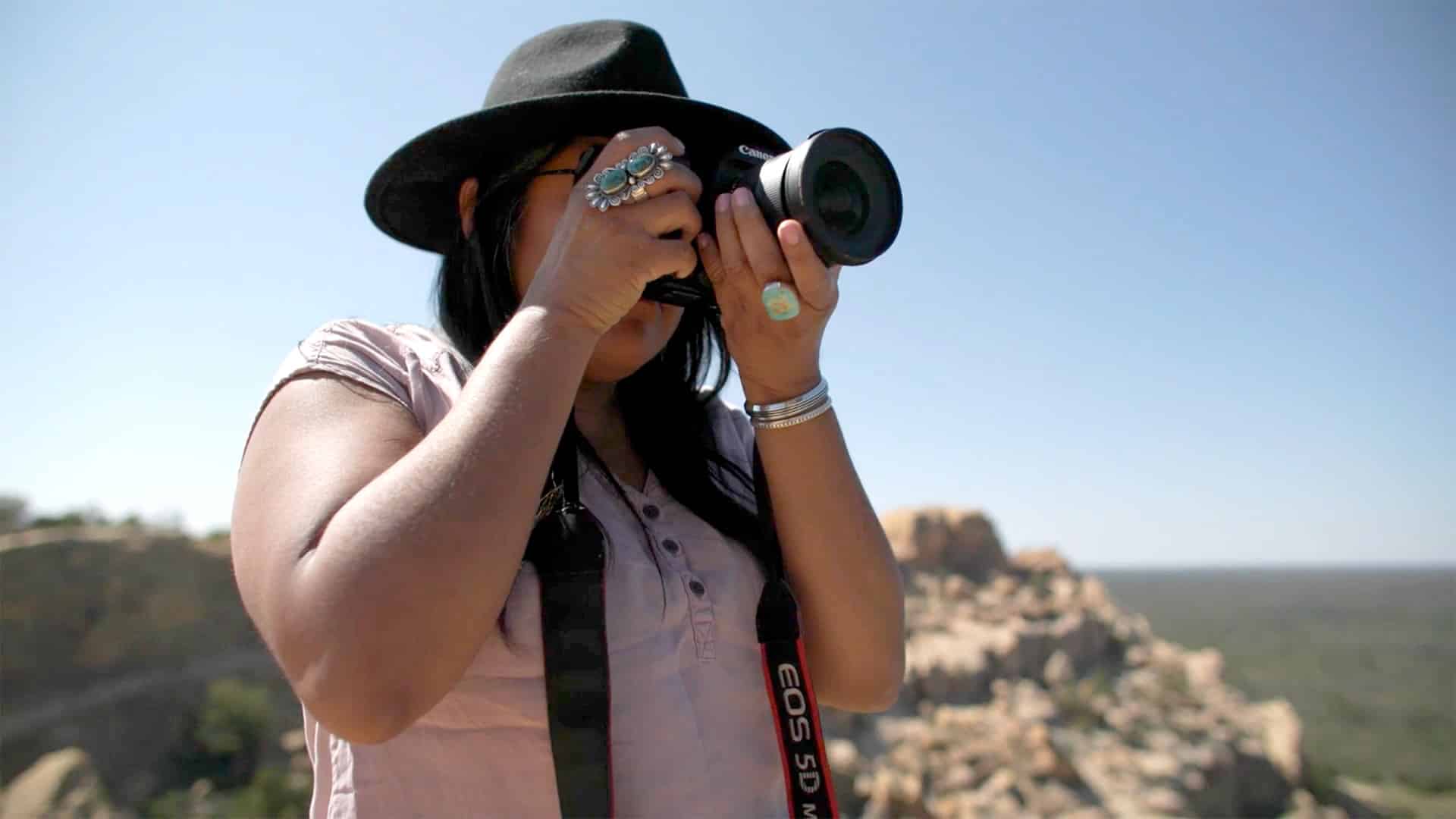
One Indigenous-run Canadian nonprofit that can help is Native Land Digital, which showcases a searchable map to help you discover which lands you may be visiting have ties to Indigenous nations and communities — and in the case of North America, that’s pretty much everywhere.
Book Tours with Native-Owned Operators
Few can offer a better introduction to sacred Native lands than the Indigenous people who call it home. Jaylyn explains that Indigenous people are traditionally known as “land and water protectors.
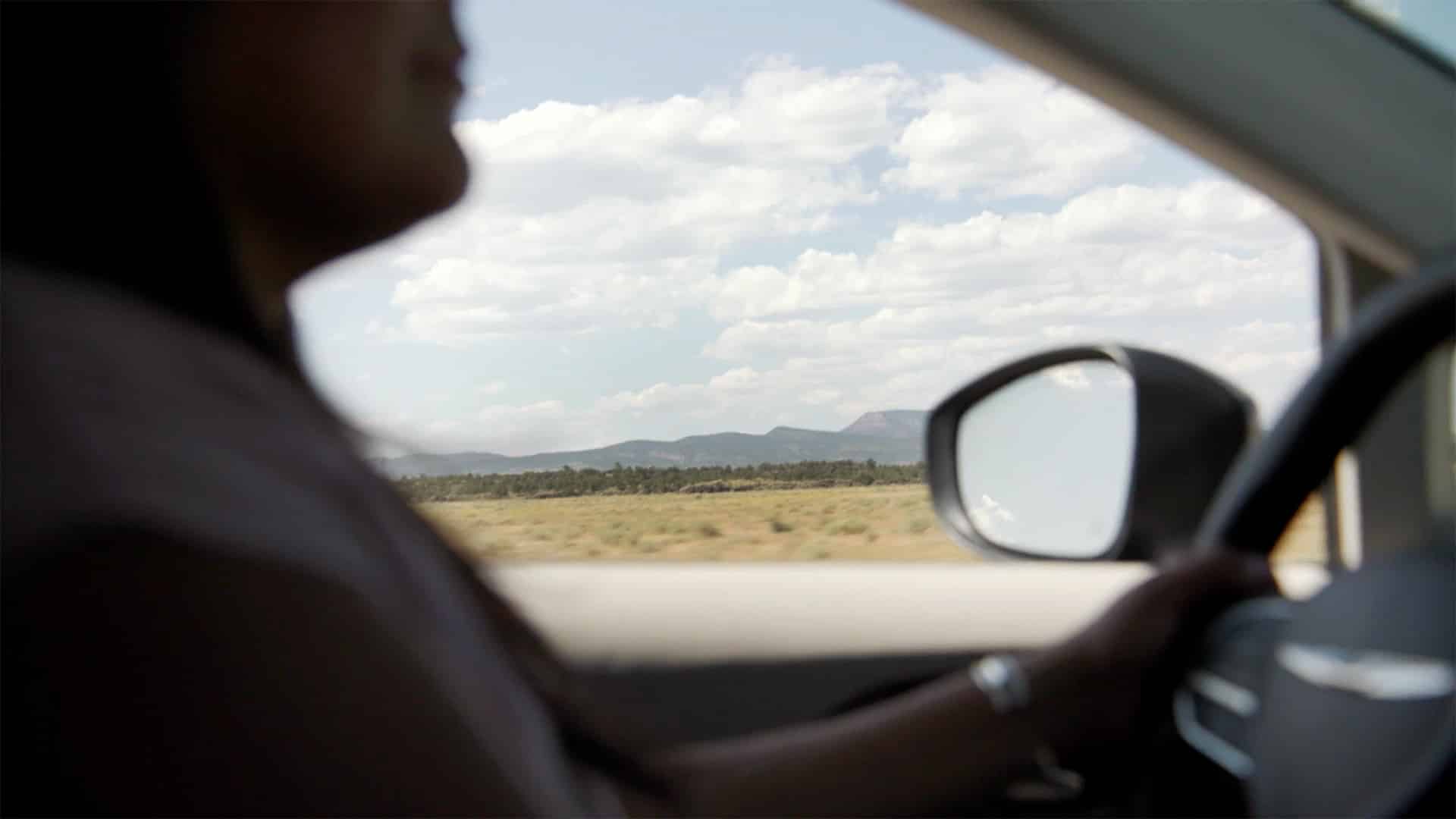
Take a tour with a Native-led company and you’ll also get a glimpse into cultures that have thrived for millennia, insights into stewardship practices, and a deeper understanding of the connection between the health of land, animals and humans.
Buy Directly from Native Vendors
Buying Native-made souvenirs rewards these local artisans for their skills and is another way to promote good sustainable business practices. One such place to do so is the Gallup Flea Market. Every Saturday, artisan vendors set up hundreds of stalls.
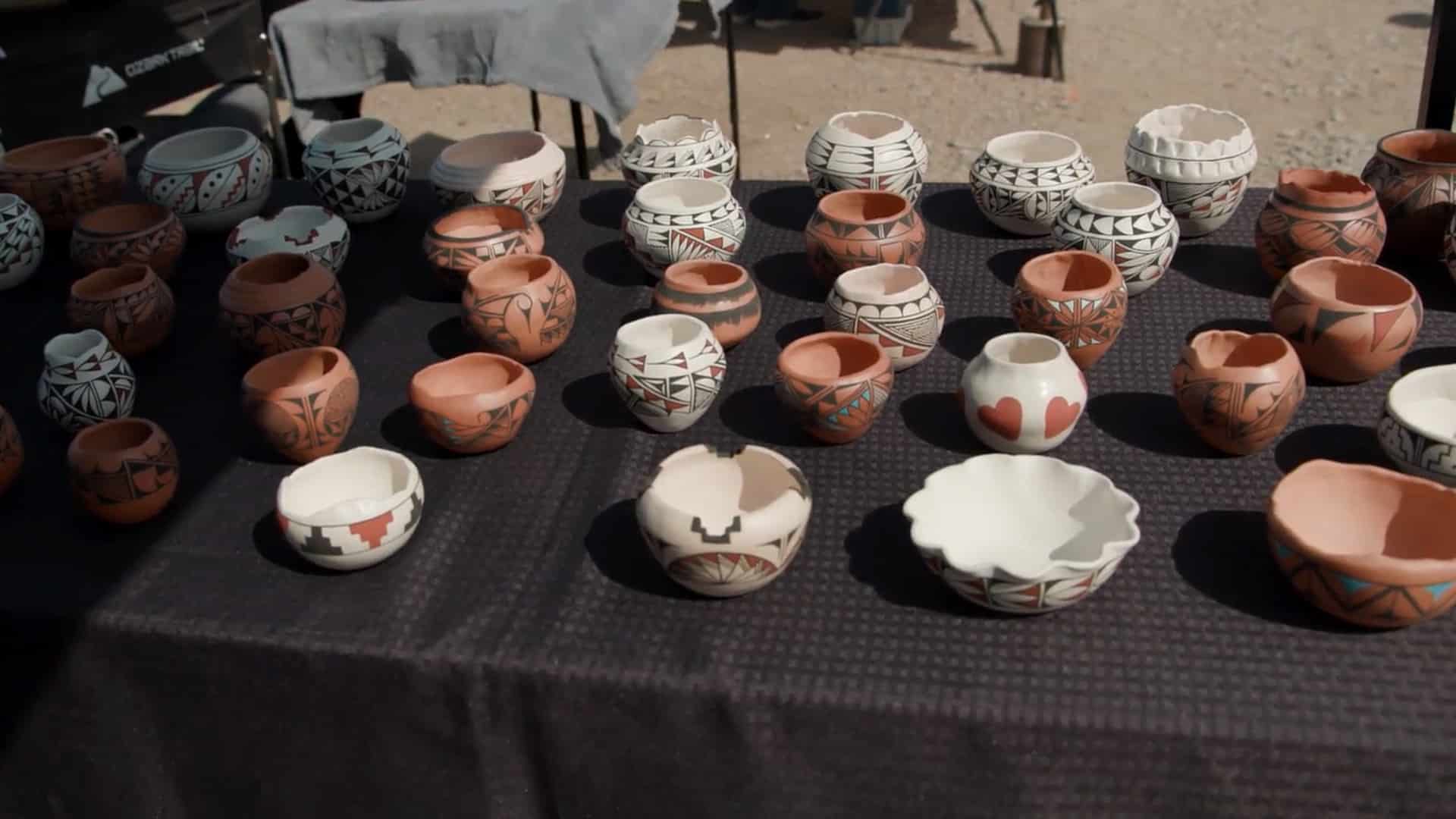
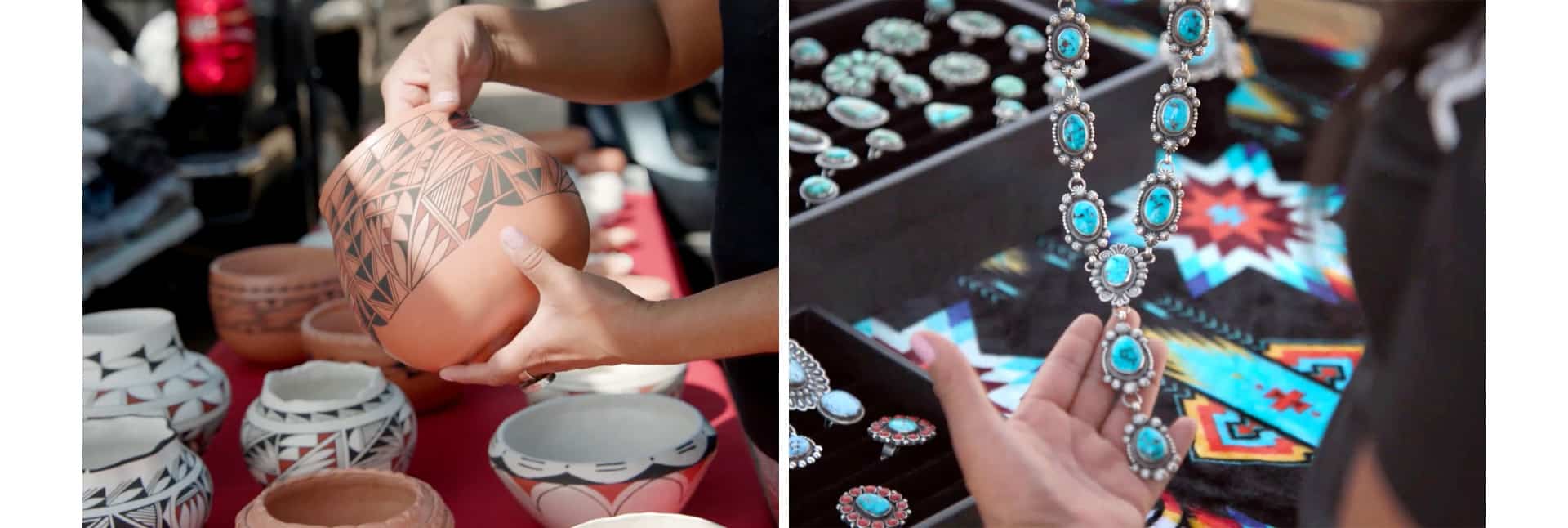
“Coming to the flea market is a community event,” Jaylyn explains. “It’s where you gather with your Native friends, grab some food, talk about the week.
For many, this is their livelihood. But it’s also a social scene and a great place for visitors to connect with Native communities, to hear the stories behind these pieces and the people who made them.
Visit Native-Run Cultural Centers and Heritage Sites
Native-run cultural centers offer access to artifacts, replicas, traditional dress, oral histories and even live performances. Heritage sites, on the other hand, bring you into physical contact with sacred sites — a profound experience for many who visit them.
On a trip to El Malpais, one of New Mexico’s national monuments, Jaylyn hiked an ancient trail connecting the Native A:shiwi (Zuni) and Acoma pueblos and had to stop and turn back. “This doesn’t feel good,” she said. “I can’t keep going.”
She later learned El Malpais, or “the bad country,” is where many Zuni and Acoma people lost their lives to invasions by Spanish conquistadors.
This is exactly what Jaylyn means by exploring land humbly. “I encourage people to think about the stories these lands hold. Honor the history, and the trauma. If we respect and acknowledge that trauma, that’s when healing starts.”
This article was published through a partnership with The Washington Post Creative Group and is inspired by the story “A Navajo Photographer Reconnects With Her Roots in New Mexico.”





